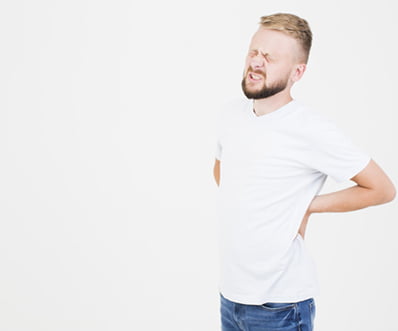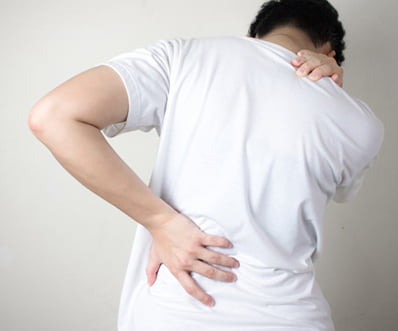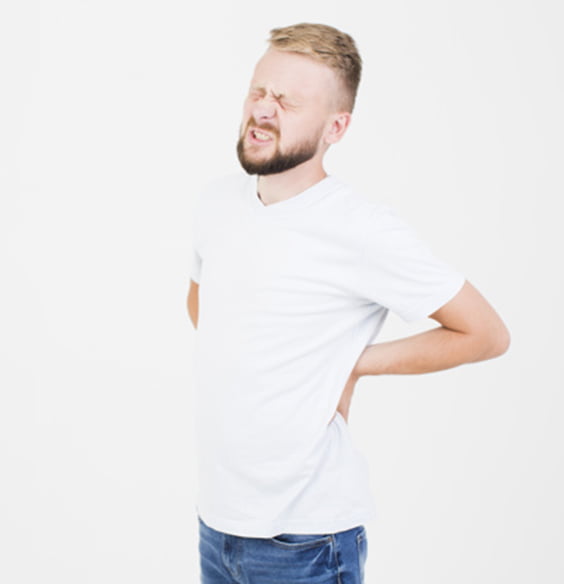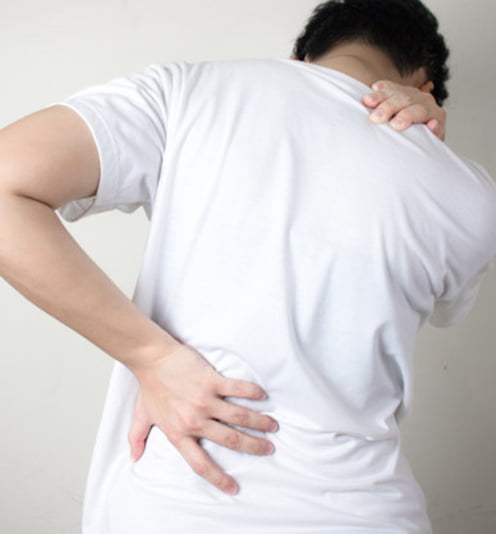BACK/NECK PAIN
Poor posture, body mechanics, and excessive repetitive motions cause nearly all spinal injuries. Ligaments and muscles that stabilize the spine may lengthen or shorten, ultimately resulting in a variety of injuries such as bulging or ruptured discs.

Types of Back/neck pain

Radicular pain
caused by inflammation or irritation of the dermatome leading to sciatica which may travel from the back of your thigh all the way to your foot

Axial pain
usually caused by muscular strain or annular tears of a disc

Referred pain
typically to the traps, lats, rhomboids, SI (sacroiliac) joint, or legs

Neuropathic
often described as a burning, prickling, or stabbing
Causes of Back/neck pain
- Bulging, herniated (also known as a ruptured or slipped disc)
- Spinal fractures or strained muscles and ligaments
- Osteoarthritis
- Osteoporosis
- Migraines
- Dehydration
- ALS or muscular dystrophy
- Skeletal asymmetry (such as scoliosis or ankylosing spondylitis)

Symptoms of Back/neck pain

- Sharp shooting, stabbing, or dull pain
- Unexplainable muscular weakness
- Stiffness of the surrounding muscles
- Grating and grinding
- Shortness of breath due to muscular compensation of spinal imbalance
- Headaches beginning at the back side of the neck that radiates to the front side of the head
- Pain the increases with movement such as elongated standing, sitting, bending and walking
- Pain at rest
Complications and Risks
Spinal imbalances and injuries can lead to a plethora of comorbidities such as setting off a chain reaction up or down the spine causing other discs to bulge or rupture. These imbalances may also result in injuries or pain in your hips, knees, shoulders, ankles, muscles and feet.
Risks Factors
- Excessive sitting, exercise, or walking
- Heavy lifting with poor body mechanics
- Poor posture
- Spinal imbalances, such as laxity caused by poor posture
- Long sessions on a computer or mobile phones
- Obesity, age above 65, and/or occupation
- Falls
- Motor vehicle accidents
- Disease
- Males are at higher risk and make up roughly 80% of spinal cord injuries
- High risk behavior, such as diving in shallow pools


